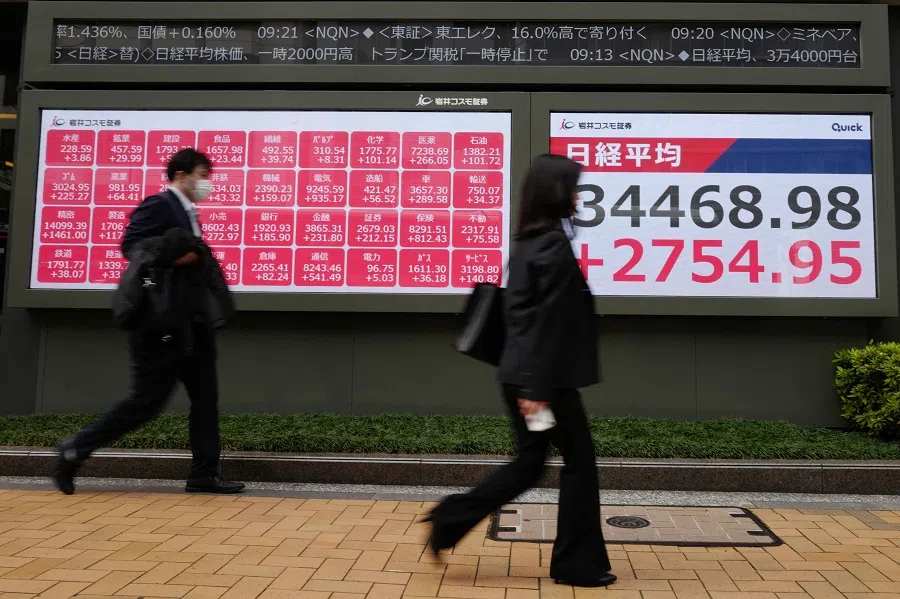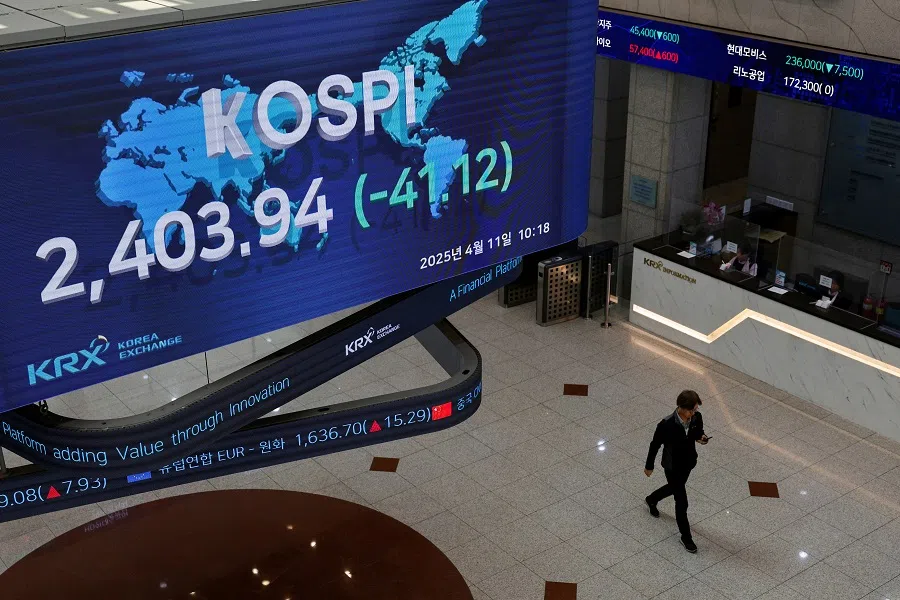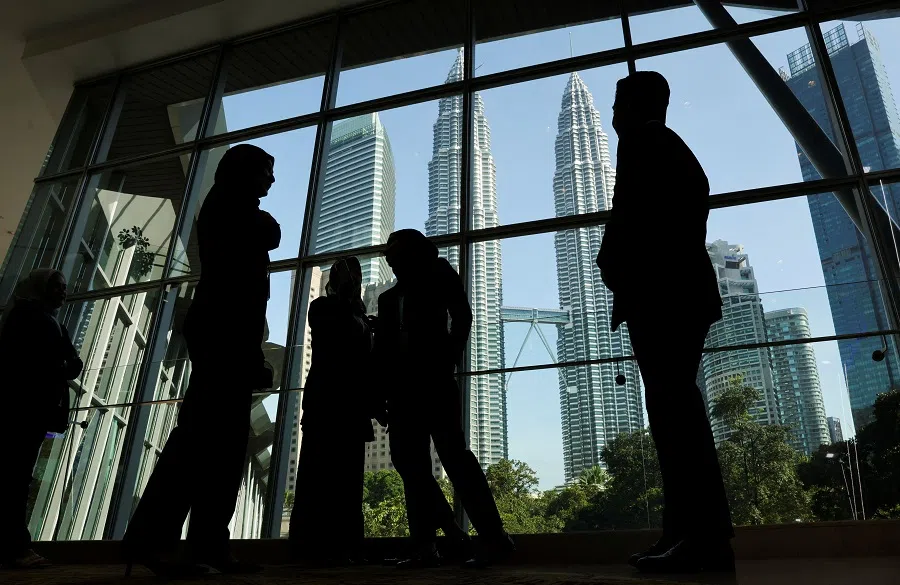Asia’s quiet realignment: Moving beyond America’s influence
The fact that China and Japan, despite historic rivalries, jointly expressed concern over American tariffs speaks to the growing realisation that intra-Asian stability is no longer optional — it is existential. Malaysian academic Phar Kim Beng explains.

The second coming of President Donald Trump has returned the world to the precipice of trade fragmentation. Not even five months into his new term, and the telltale signs of a resurgent economic nationalism — rooted in punitive tariffs and rhetorical belligerence — have jolted financial ministers from Southeast Asia, China, Japan and South Korea into action.
Meeting under the ASEAN Plus Three (APT) framework, the finance chiefs and governors of Central Banks in China, Japan, South Korea and ASEAN, have sounded the alarm on a creeping economic protectionism they fear could destabilise the region and upend its post-pandemic recovery.
The warning, issued in Milan after the 28th ASEAN+3 Finance Ministers’ and Central Bank Governors’ Meeting held on 4 May, carries both symbolic and strategic weight. Milan is no mere backdrop; it is a European capital historically emblematic of global exchange, yet now hosting dialogues that highlight how Asia must increasingly turn inward — towards itself — for stability and cohesion.
It is the quiet crafting of a new centre of gravity in the global economy — one that may eventually exclude the US.
New centre of gravity in world economy
The rebuke of Trump’s tariff regime by APT is thus not merely a defensive gesture. It is the quiet crafting of a new centre of gravity in the global economy — one that may eventually exclude the US.
At the heart of the meeting was a broad consensus: that protectionist impulses, particularly those emanating from advanced economies, have become a principal threat to regional and global trade.

The finance ministers, including Japan’s Katsunobu Kato and China’s Lan Fo’an, stressed that while internal economic resilience is critical, regional coordination is paramount. And that coordination cannot flourish under a tariff war launched by Washington’s erratic political will.
Japan’s Kato minced no words. He stated publicly that Tokyo will “strongly urge the US to review its tariff arrangements”. This is no casual remark. For a key US ally, deeply embedded in the American security umbrella through the “hub-and-spokes” model, to criticise US trade policy so openly is a quiet but potent shift.
It reveals a region no longer willing to absorb the collateral damage of America’s domestically driven trade agenda.
... Beijing is increasingly viewed as a stabiliser of regional trade norms.
An opportunity for China
Meanwhile, China — whose economy has absorbed repeated rounds of tariffs since the first Trump administration — now finds itself in an unfamiliar yet strategic position.
No longer cast purely as antagonist, Beijing is increasingly viewed as a stabiliser of regional trade norms. This is not to ignore its own assertiveness or techno-nationalist policies, but rather to recognise the degree to which Washington’s retreat has created a vacuum that China, alongside ASEAN and its Northeast Asian neighbours, can now fill.

The APT grouping, which emerged after the 1997 Asian Financial Crisis, has always been more than a diplomatic formality. It is the most coherent architecture Asia has for monetary coordination, economic surveillance and policy dialogue outside Western-dominated institutions.
It is also the best hope to shield the region from the capricious mood swings of American trade populism. The Milan statement, expressing “deep concern over protectionism”. is a subtle yet unmistakable signpost: the age of reactive multilateralism is over.
ASEAN+3 coming into greater focus
What lies ahead is the consolidation of a truly Asian economic compact. Trump’s tariffs are not merely tariffs. They are symptoms of a deeper malaise — a worldview that sees every trade relationship as a zero-sum battle and every ally as a potential rival to be browbeaten into compliance.
For ASEAN, this is particularly dangerous. The region’s intricate network of global value chains depends not just on open markets, but on trust in the continuity of rules. If Washington dismantles these norms to chase imaginary trade deficits, the very foundation of ASEAN’s developmental miracle is at risk.
The APT’s call to deepen coordination on financial stability, currency swap arrangements and infrastructure investment should be seen as preparatory steps for a new era of regional self-reliance.
The Milan summit’s urgency is underscored by the spectre of stagflation — a toxic brew of rising prices and stagnant growth. For many in ASEAN, whose economies remain vulnerable to capital flight, energy shocks, and supply chain disruptions, another round of tariff escalation could derail progress made since the Covid-19 slump.
The APT’s call to deepen coordination on financial stability, currency swap arrangements and infrastructure investment should be seen as preparatory steps for a new era of regional self-reliance.

It is no accident that the APT ministers called for “strengthening the regional financing safety nets”, such as the Chiang Mai Initiative Multilateralisation (CMIM).
These are not simply technical mechanisms. They represent the architecture of economic sovereignty — Asia’s own version of monetary solidarity in the face of global turbulence.
The presence of all three Northeast Asian powers — China, Japan and South Korea — indicates a rare convergence of interest across otherwise tense geopolitical lines.
Indeed, the most telling aspect of the Milan declaration is not what was said but what it implies, that in an increasingly divided world, the greatest chance of integration lies not in Western capitals but within Asia itself.
The fact that China and Japan, despite historic rivalries, jointly expressed concern over American tariffs speaks to the growing realisation that intra-Asian stability is no longer optional — it is existential.
ASEAN’s strength lies precisely in its ability to convene, to de-escalate and to reframe great power rivalries through multilateral platforms.
ASEAN’s role
This is where ASEAN plays a pivotal role. While often dismissed as slow-moving or consensus-bound, ASEAN’s strength lies precisely in its ability to convene, to de-escalate and to reframe great power rivalries through multilateral platforms.
Its experience navigating a complex region — without war, without breakups and with consistent economic growth — makes it indispensable to any meaningful Asian realignment. As global trade fractures along ideological lines, APT is fast becoming the last bastion of economic pragmatism.

And if the world is watching — as it should — it must understand this: Trump’s tariffs are accelerating a regional realignment that may ultimately exclude America from the future it once dominated.
A regional order is coalescing — not in Washington or Brussels, but in the quiet pragmatism of ASEAN, the fiscal caution of Japan, and the long-view strategy of China.
Asia has heard the signal. Now, it is setting the terms.





